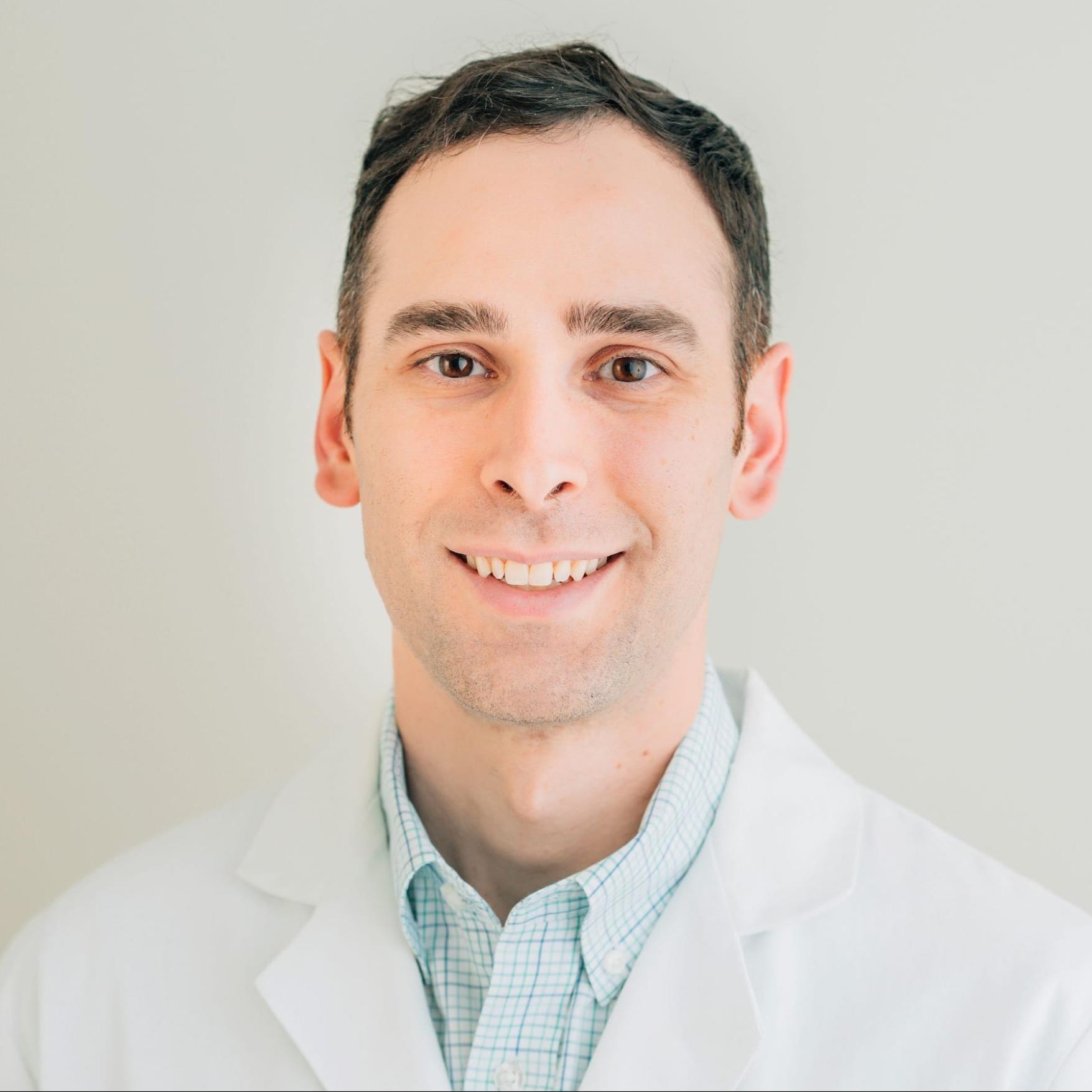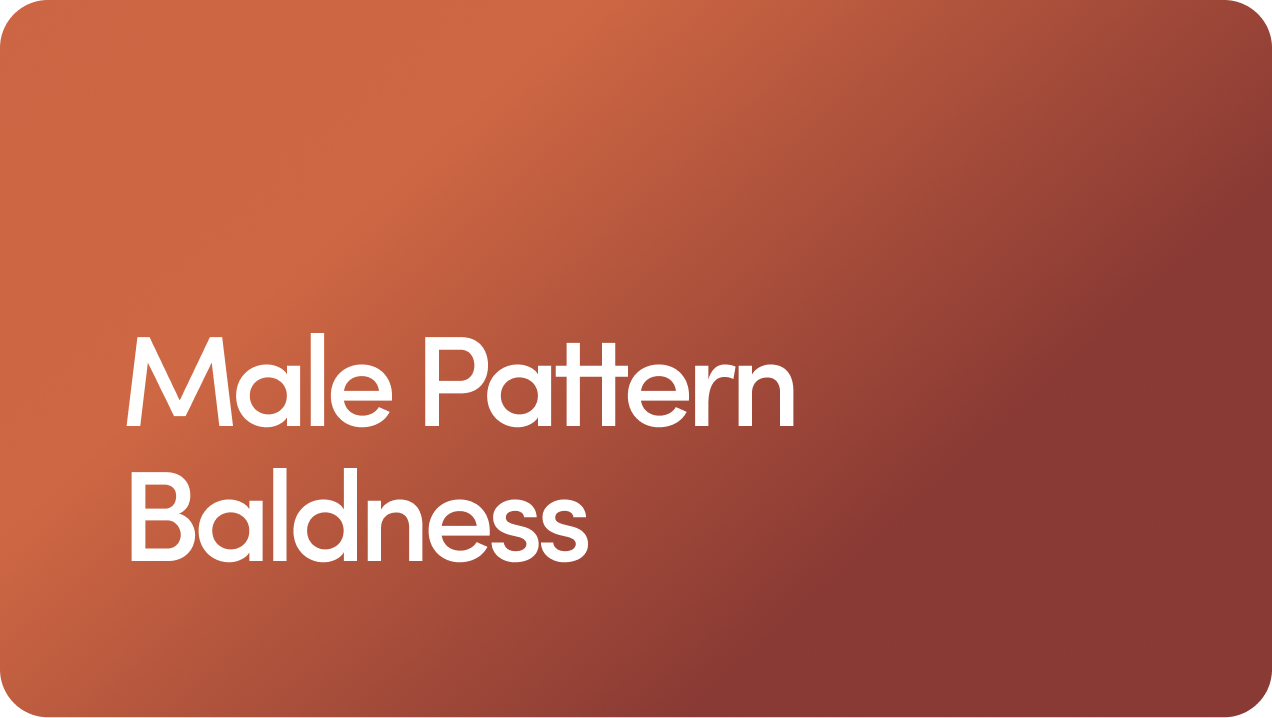Content
FDA approved for more than 25 years
Is My Hair Greasy After I Wash It? Common Causes & Fixes

Your hair is freshly washed and dried, yet it already looks greasy. Ugh. Why is my hair greasy after I wash it? Good question.
It’s possible you simply forgot to shampoo (it happens to the best of us on occasion), but more likely, there’s something else going on.
Here, we’ll talk about the common causes of a greasy scalp and hair after washing, plus solutions and prevention tips.
Content
What’s causing greasy hair after washing? It could be:
Seborrheic dermatitis
Hormonal fluctuations
Product buildup
Contact with everyday items
Diet and lifestyle factors
Your hair type
The shampoo or conditioner formula you’re using
A result of overwashing
Read on for more insight into these potential causes.
1. Seborrheic Dermatitis
Seborrheic dermatitis (also called seborrhea) is a scalp condition that causes red, flaky, or itchy patches. It also makes sebaceous glands produce too much oil.
When the scalp produces excess sebum (the oily, waxy substance that protects skin) and oil, it can make hair look greasy, regardless of how often you wash it.
2. Hormonal Fluctuations
Teenagers are prone to acne and greasy hair partly because their hormones are haywire — but hormonal imbalances or fluctuations can happen at any age.
For instance, high testosterone levels in men can increase the activity of sebaceous glands, resulting in more sebum and oil production.
In women, shifts in progesterone and estrogen levels can also cause more oil production, leading to acne or a greasy scalp.
3. Product Buildup
If you regularly use styling products like dry shampoo, hair oil, pomade, mousse, or gel as part of your hair care routine, you may have product buildup that’s causing your hair to look greasy after washing.
Hair products made with butters, waxes, heavier oils, or silicone can all leave behind a residue and cause buildup that can be hard to remove with a basic shampoo (we’ll cover how to remove buildup in a bit).
4. Contact With Everyday Items
It could be that after you finish washing, your hair comes into contact with an everyday item that’s making it look greasy. Things like dirty hats, brushes, combs with residual pomade in the teeth, scarves, or towels can transfer oil back onto your hair.
5. Diet and Lifestyle Factors
There’s some evidence that a diet high in sugar and dairy could potentially make sebaceous glands go into overdrive.
Living in a place with poor air quality or washing your hair with hard water (which has more minerals in it than soft water) can also contribute to greasiness. Living in a hot, humid climate or exercising regularly can cause sweating, leading to an oily scalp or sticky hair.
6. Your Hair Type
People with fine or thin hair tend to have more hair follicles on their heads, which can make hair look and feel greasy. On the other hand, thick, curly hair tends to be drier and takes longer to look greasy in between washes.
7. Using the Wrong Shampoo or Conditioner for Your Hair
If you have thin or fine hair, certain types of shampoo may be too rich, possibly containing ingredients like coconut oil or argan oil. Greasy hair probably means you’re not dealing with frizz or flyaways, but it can still look weighed down.
Moisturizing shampoo is a great option for dry hair, but it often contains oils that can make hair look greasy. What’s the best shampoo to prevent greasiness and dryness? Go with an oil-free cleanser that hydrates with humectants like hyaluronic acid and glycerin.
Using conditioner on your roots can also cause premature greasiness — instead, apply lightweight conditioner only to the mid-lengths and ends of your hair.
8. Overwashing
Why does my hair feel greasy after washing it daily or multiple times a day? It seems counterintuitive, but washing your hair too much can actually cause greasy hair.
When you overwash your hair, you strip the natural oil from the scalp. Then your scalp might overcompensate by producing more oil.
How often should you wash your hair? Our blog has answers.
The good news is there are several easy fixes for hair that looks greasy after washing.
Greasy Hair Fix: Practice Scalp Care
Healthy hair starts with scalp care, so make sure you’re showing your scalp some TLC every time you wash.
When dealing with oiliness, make sure to lather your shampoo and massage it into your scalp using circular motions. This will help remove dead skin and product buildup that may contribute to an oily scalp.
It’s helpful to use a scalp treatment about once a week. These are specifically formulated with ingredients that help sop up excess oil while nourishing and hydrating the scalp.
Greasy Hair Fix: Adjust Your Hair-Washing Schedule
If your hair is greasy after washing, you might think you should wash it more often. Instead, see what happens if you take a day off between wash days. This can help your scalp recalibrate and stop producing excess sebum.
Greasy Hair Fix: Use a Clarifying Shampoo
If you regularly use styling products or your hair has a waxy texture after washing, a clarifying shampoo might help. Clarifying formulas typically have a higher concentration of cleaning ingredients (called surfactants), so they efficiently eliminate grease and product residue.
For optimal hair health, you may want to alternate clarifying shampoo with your regular one, as the former can dry out your hair if you use it too often.
Greasy Hair Fix: Try Medicated Shampoo
Seborrhea can be frustrating, but medicated shampoos can help manage the condition. You can try an over-the-counter dandruff shampoo (like our dandruff detox shampoo), which usually does the trick.
For more severe or persistent cases, your healthcare provider might prescribe or recommend a medicated shampoo containing an antifungal ingredient like ketoconazole, pyrithione zinc, selenium sulfide, or coal tar.
Greasy Hair Fix: Be Mindful of Your Diet
We’d never tell you to cut out dairy, sugar, or processed foods completely. That said, ensuring you’re eating a balanced diet and drinking plenty of water is good for your overall health, including your hair and scalp health.
You can learn more in our guide to the best vitamins and minerals for hair growth.
Greasy Hair Fix: Choose the Right Styling Products
Besides oil-free shampoo and conditioner, try switching to lightweight products if your hair is greasy after washing and styling — think water-based hair serums or mousse.
You can also concentrate the product on the ends of your hair so your scalp doesn’t get oily.
Greasy Hair Fix: Rinse Your Hair With Lukewarm or Warm Water
We love a hot shower, but rinsing shampoo with lukewarm or cool water is gentler on the scalp and hair. Hot water can strip hair of natural oils, causing an overproduction of oil as the scalp tries to stay balanced.
Greasy Hair Fix: Keep Things That Come Into Contact With Your Hair Clean
Make sure any hats, pillowcases, towels, headscarves, and hairbrushes you use regularly are clean and oil-free. If there’s grease or grime on anything else that comes into contact with your hair (including your hands), it can easily transfer.
Greasy Hair Fix: Try Products Containing Green Tea
A small 2016 study found that a hair tonic made with green tea extract “significantly lowered” scalp sebum in participants after 21 and 28 days.
Many hair care products use green tea. But you can look for a DIY hair mask recipe to make at home using tea.
Our guide has more details on the benefits of green tea for hair.
There are several possible reasons your hair and scalp may still look greasy, even with freshly washed hair. Fortunately, it’s rarely a serious condition and can be easily remedied with simple fixes.
Why is my hair greasy after I wash it? Here’s what to keep in mind:
Greasy hair after washing can be due to excess oil production, product buildup, or even external factors like what you eat and where you live.
Choosing the right shampoo, washing less frequently, and keeping hair accessories clean can help balance oil levels.
Clarifying or medicated shampoos, lightweight styling products, and ingredients like green tea can help keep your scalp fresh, balanced, and grease-free.
If you’re curious to learn more about caring for men’s hair, check out our guide to hair care for men and our in-depth guide to scalp care.
Not sure what’s causing your scalp to go overboard on sebum production? It’s always a good idea to check in with a dermatologist or another medical professional.
Dealing with hair loss or thinning? Take our free online hair loss assessment to start exploring treatment options with personalized guidance from a licensed healthcare provider.
5 Sources
- Lim S, et al. (2019). Dietary patterns associated with sebum content, skin hydration and pH, and their sex-dependent differences in healthy Korean adults. https://pmc.ncbi.nlm.nih.gov/articles/PMC6471406/
- Lourith N, et al. (2016). Development and clinical evaluation of green tea hair tonic for greasy scalp treatment. https://www.researchgate.net/publication/308149951_Development_and_clinical_evaluation_of_green_tea_hair_tonic_for_greasy_scalp_treatment
- Ma L, et al. (2023).The menstrual cycle regularity and skin: irregular menstrual cycle affects skin physiological properties and skin bacterial microbiome in urban Chinese women. https://bmcwomenshealth.biomedcentral.com/articles/10.1186/s12905-023-02395-z
- Makrantonaki E, et al. (2011). An update on the role of the sebaceous gland in the pathogenesis of acne. https://pmc.ncbi.nlm.nih.gov/articles/PMC3051853/
- Tucker D, et al. (2024). Seborrheic dermatitis. https://www.ncbi.nlm.nih.gov/books/NBK551707/
Editorial Standards
Hims & Hers has strict sourcing guidelines to ensure our content is accurate and current. We rely on peer-reviewed studies, academic research institutions, and medical associations. We strive to use primary sources and refrain from using tertiary references. See a mistake? Let us know at [email protected]!
This article is for informational purposes only and does not constitute medical advice. The information contained herein is not a substitute for and should never be relied upon for professional medical advice. Always talk to your doctor about the risks and benefits of any treatment. Learn more about our editorial standards here.
Knox Beasley, MD
Education
Bachelor of Science, Life Sciences. United States Military Academy.
Doctor of Medicine. Tulane University School of Medicine
Training
Dermatology Residency. San Antonio Uniformed Services Health Education Consortium
Certifications
Board Certified. American Board of Dermatology
Medical Licenses
Dr. Beasley is licensed in all 50 states
Affiliations & Memberships
Fellow, American Academy of Dermatology
Specialties & Areas of Focus
Hair Loss, Dermatology
Years of Experience
10 years of clinical practice as a Dermatologist
Previous Work Experience
Medical Director - YouHealth Medical Groups, 2025–
Private practice, 2024–
Chief of Dermatology - , 2015–2019
Publications
Wilson, L. M., Beasley, K. J., Sorrells, T. C., & Johnson, V. V. (2017). Congenital neurocristic cutaneous hamartoma with poliosis: A case report. Journal of cutaneous pathology, 44(11), 974–977.
Banta, J., Beasley, K., Kobayashi, T., & Rohena, L. (2016). Encephalocraniocutaneous lipomatosis (Haberland syndrome): A mild case with bilateral cutaneous and ocular involvement. JAAD case reports, 2(2), 150–152.
Patterson, A. T., Beasley, K. J., & Kobayashi, T. T. (2016). Fibroelastolytic papulosis: histopathologic confirmation of disease spectrum variants in a single case. Journal of cutaneous pathology, 43(2), 142–147.
Beasley, K., Panach, K., & Dominguez, A. R. (2016). Disseminated Candida tropicalis presenting with Ecthyma-Gangrenosum-like Lesions. Dermatology online journal, 22(1), 13030/qt7vg4n68j.
Kimes, K., Beasley, K., & Dalton, S. R. (2015). Eruptive milia and comedones during treatment with dovitinib. Dermatology online journal, 21(9), 13030/qt8kw141mb.
Miladi, A., Thomas, B. C., Beasley, K., & Meyerle, J. (2015). Angioimmunoblastic t-cell lymphoma presenting as purpura fulminans. Cutis, 95(2), 113–115.
Beasley K, Dai JM, Brown P, Lenz B, Hivnor CM. (2013). Ablative Fractional Versus Nonablative Fractional Lasers – Where Are We and How Do We Compare Differing Products?. Curr Dermatol Rep, 2, 135–143.
Siami P, Beasley K, Woolen S, Zahn J. (2012). A retrospective study evaluating the efficacy and tolerability of intra-abdominal once-yearly histrelin acetate subcutaneous implant in patients with advanced prostate cancer. UroToday Int J, June 5(3), art 26.
Siami P, Beasley K. (2012). Dutasteride with As-Needed Tamsulosin in Men at Risk of Benign Prostate Hypertrophy Progression. UroToday Int J, Feb 5(1), art 93. https://www.urotoday.com/volume-5-2012/vol-5-issue-1/48691-dutasteride-with-as-needed-tamsulosin-in-men-at-risk-of-benign-prostatic-hypertrophy-progression.html
Why I Practice Medicine
Dr. Beasley began doing telemedicine while serving in the U.S. Army, providing dermatologic care for soldiers stationed around the world. This experience sparked his passion for telemedicine and inspired his commitment to expanding access to healthcare for patients across the United States.
Hobbies & Interests
In his free time, Dr. Beasley enjoys cooking, reading, and trips to the beach with his wife and two kids (with sunscreen of course).
Related Articles
Related Conditions
 Hair Loss
Hair Loss
 Male Pattern Baldness
Male Pattern Baldness
 Dandruff
Dandruff
 Scarring Alopecia
Scarring Alopecia
 Seborrheic Dermatitis
Seborrheic Dermatitis
